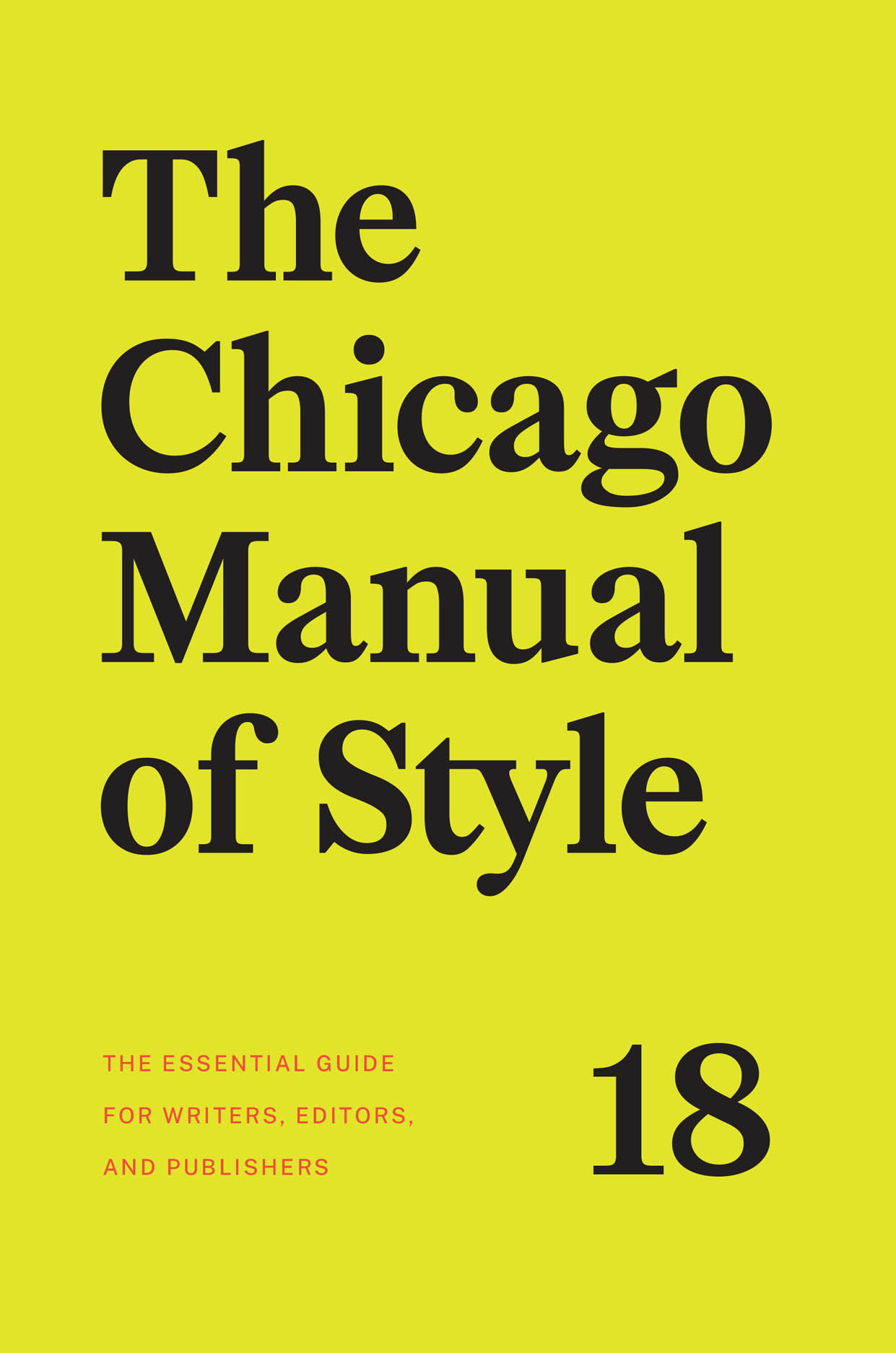How to Properly Cite AI Tools in Academic Papers

Picture this: you're writing a research paper and you decide to use an AI tool like ChatGPT to help create example. And now you're wondering - do you need to cite ChatGPT in your paper?
And the more important question: how the hell do you do that?
In this post, I'll discuss exactly why and how to properly cite AI tools in your academic writing.
Why do you need to cite AI tools?
The main reason is simple: academic integrity. When you're writing a research paper, you're expected to give credit to any sources you used, whether that's books, articles, websites, or yep, even AI tools.
Think about it... if you use ChatGPT to help generate ideas or sections of your paper, those aren't really your original thoughts. The AI is drawing from its training data to suggest that content.
So if you try to pass off ChatGPT's output as your own original work, well, bad news. That's a form of plagiarism, even if the AI did the actual writing.
Plus, citing your sources is just good scholarly practice! It shows that you've done your research and that you're building on existing knowledge. And if your professors or classmates want to fact-check your work or explore your topic further, citations give them a roadmap to follow.
So in short: If you use an AI tool at any point in your writing process, you need to cite it, period.
Don't worry, it's really not as complicated as it sounds. Here's how cite AI tools in three of the most common academic citation styles: APA, Chicago, and MLA.
How to cite AI tools in APA Style
If your paper needs to be in APA Style, here's the format for citing an AI tool like ChatGPT:
Format: Author. (Date). Name of tool (Version of tool) [Large language model]. URL
Example: OpenAI. (2023). ChatGPT (Mar 14 version) [Large language model]. https://chat.openai.com/chat
In-Text Citation Example: (OpenAI, 2023)
Basically, you treat the AI tool like you would any other online source. List the company that created the tool as the author, the date you accessed it, the name and version of the tool, and the URL.
In the text of your paper, you can also mention that you used the AI tool to help generate ideas or content, and then include an in-text citation with the author and year, just like you would for any other source.
How to cite AI tools in Chicago Style
Chicago Style is a little different, but still pretty straightforward. Here's how to cite an AI tool in a Chicago-style footnote:
Format: 1. Author, Title, Publisher, Date, url for the tool.
Example (if information about the prompt has been included within the text of your paper):
1. Text generated by ChatGPT, OpenAI, March 7, 2023, https://chat.openai.com/chat.
Example (including information about the prompt):
1. ChatGPT, response to "Explain how to make pizza dough ingredients," OpenAI, March 7, 2023, https://chat.openai.com/chat.
The main difference here is that you include the footnote number in the text of your paper where you mention the AI tool, and then put the full citation information in a footnote at the bottom of the page. If you included the specific prompt you gave the AI in the text of your paper, you can just cite the tool itself in the footnote. But if you didn't mention the prompt in your paper, include it in the footnote so readers know what input the AI was responding to.
How to cite AI tools in MLA Style
Last but not least, let's look at how to cite an AI tool in MLA Style:
Format: "Description of chat" prompt. Name of AI tool, version of AI tool, Company, Date of chat, URL.
Example: "Examples of harm reduction initiatives" prompt. ChatGPT, 23 Mar. version, OpenAI, 4 Mar. 2023, chat.openai.com/chat.
In-Text Citation Example: ("Examples of harm reduction")
For MLA style, you put the prompt you gave the AI in quotation marks, followed by the name and version of the tool, the company that made it, the date you used it, and the URL. In the text of your paper, mention that you used the AI tool and include a brief in-text citation with the first few words of the prompt in quotation marks.
Some final tips
No matter what citation style you're using, there are a few general best practices to keep in mind when citing AI tools in your academic writing:
- Go for over-citing rather than under-citing. If you're not sure whether to cite something, just do it. Better safe than sorry!
- If you used the AI tool to generate a significant amount of content or ideas for your paper, mention that in the text of your paper itself, not just in the citations. Something like "The outline for this paper was generated with the assistance of ChatGPT, an AI language model" will do the trick.
- Keep in mind that not all professors or institutions allow the use of AI tools in academic work. If you're not sure about the policy, check with your profs.
- Even if you cite it properly, AI-generated content should only be a small part of your paper, not the main substance. Your own original ideas, analysis, and writing should always be the star of the show!
Conclusion
Citing AI tools in your academic writing might seem like just another hoop to jump through, but it's really important for maintaining your integrity as a student and scholar. The good news is, it's really not that hard once you know the formula for your citation style.
Just remember to always give credit where it's due, even if the "author" is an AI tool. Your professors will be impressed by your attention to detail and commitment to academic honesty.
So go forth and cite those AI tools. Your papers will be all the better for it, and you'll be building good habits that will serve you well throughout your academic career.
References


"Citing Generative AI." MLA Style Center, Modern Language Association, 2024, https://style.mla.org/citing-generative-ai/







